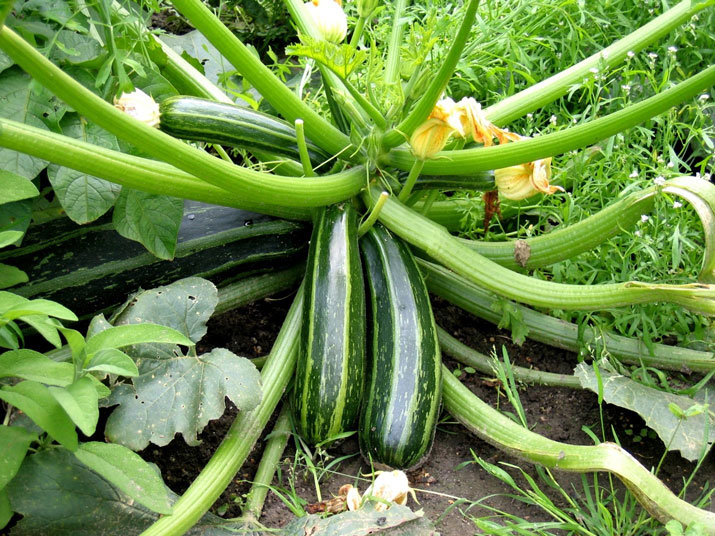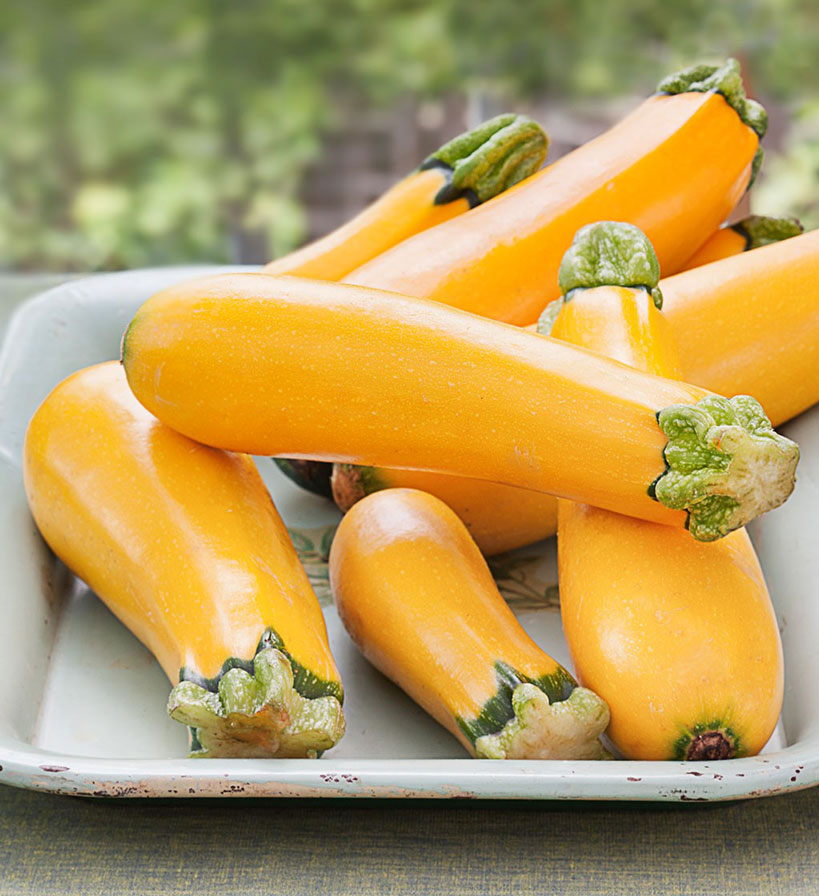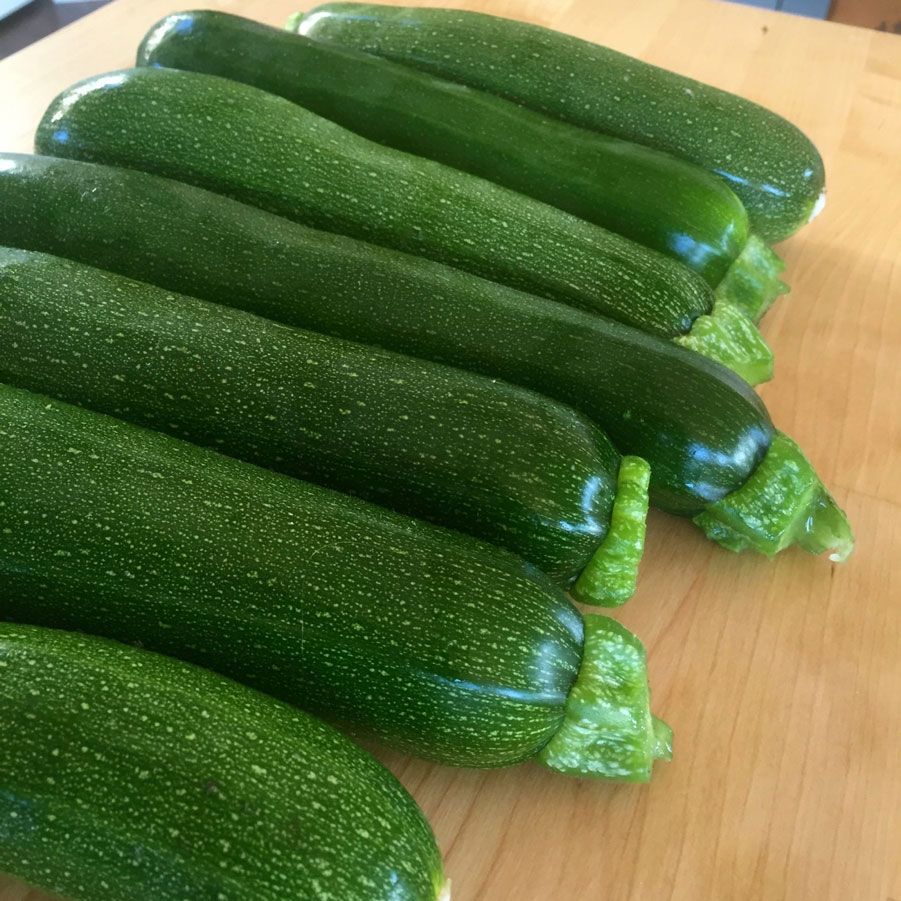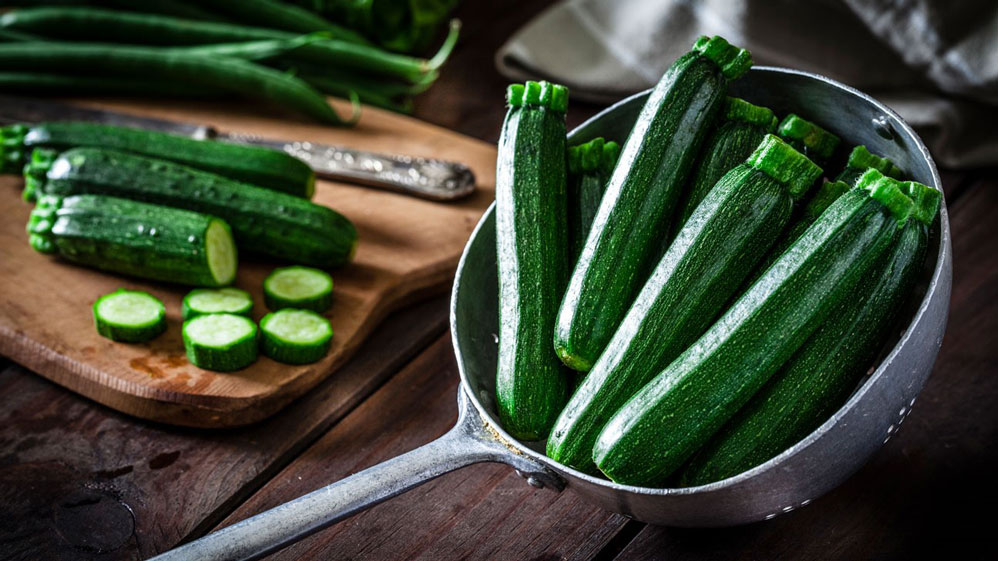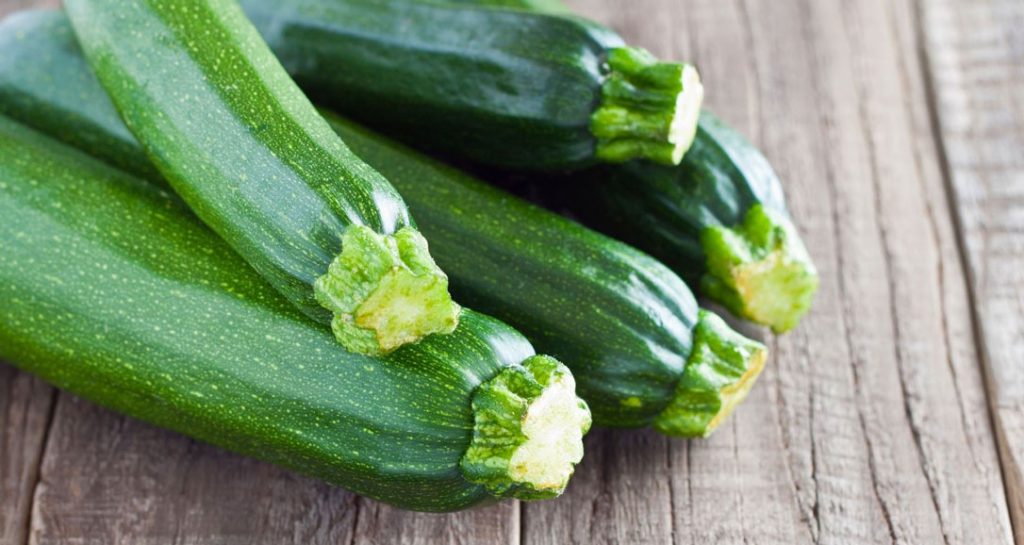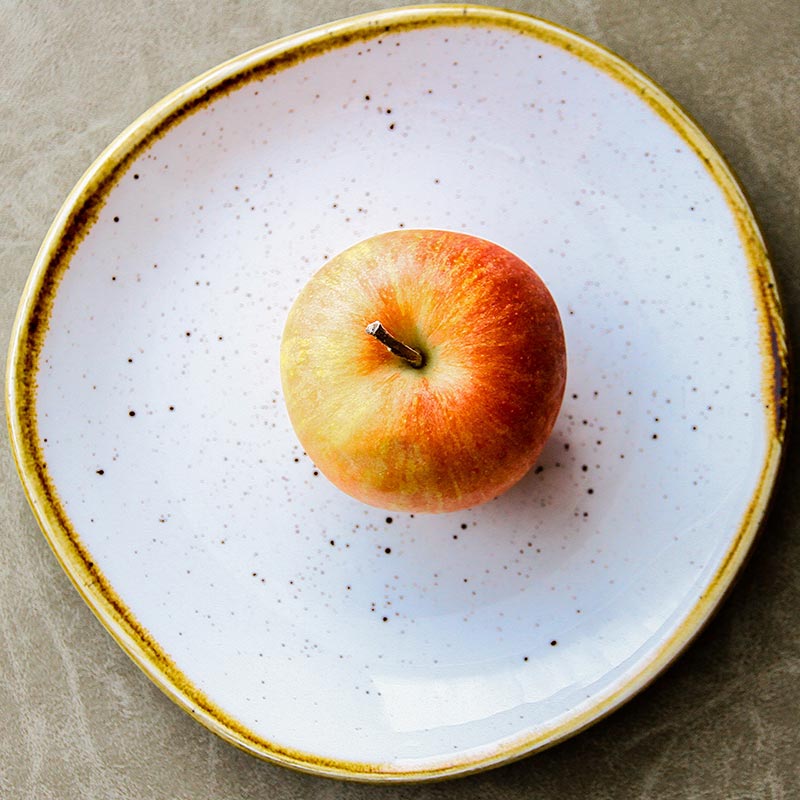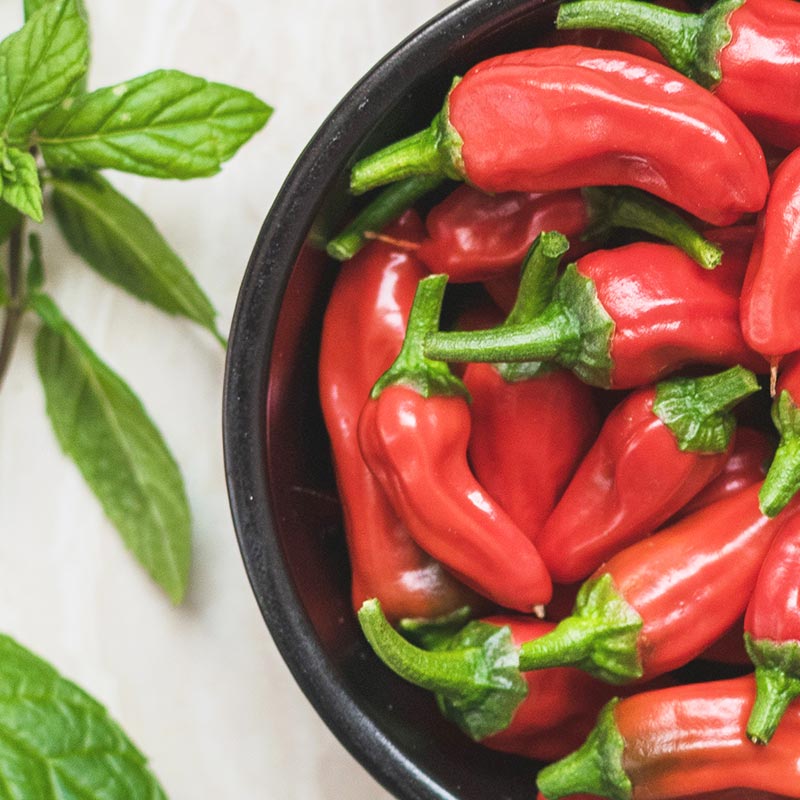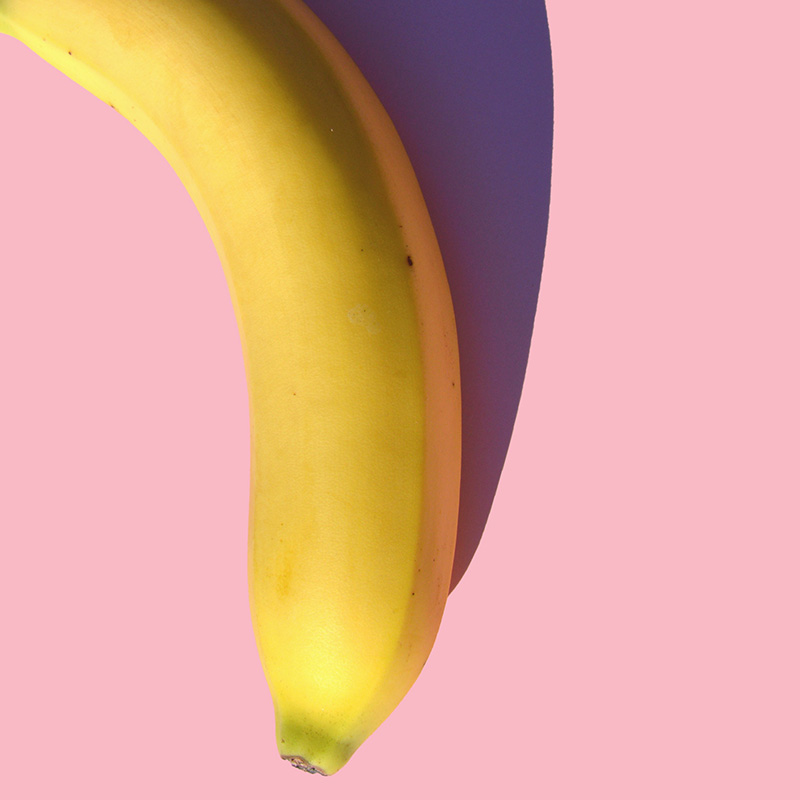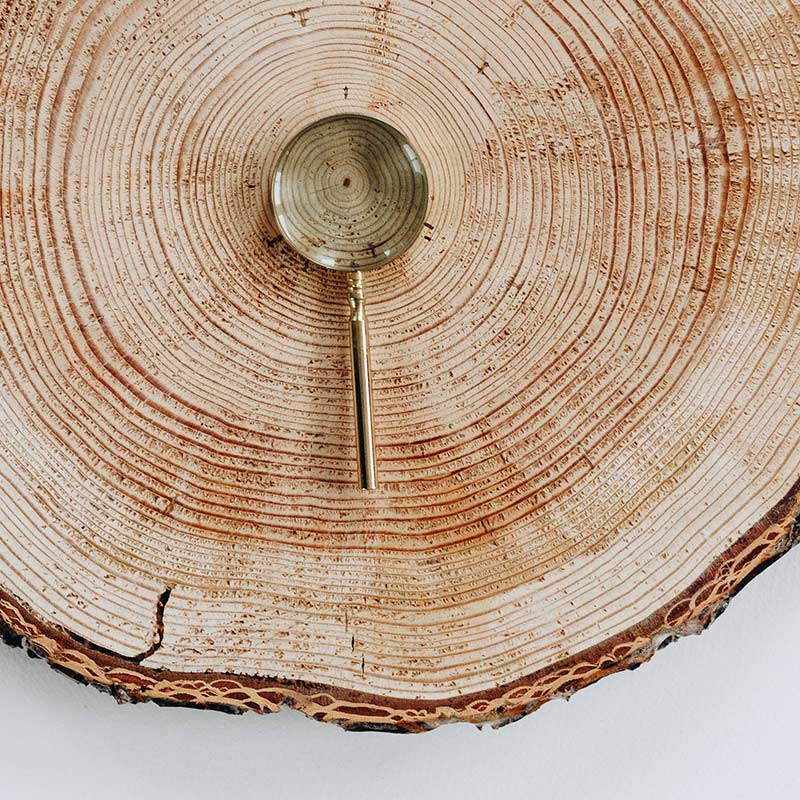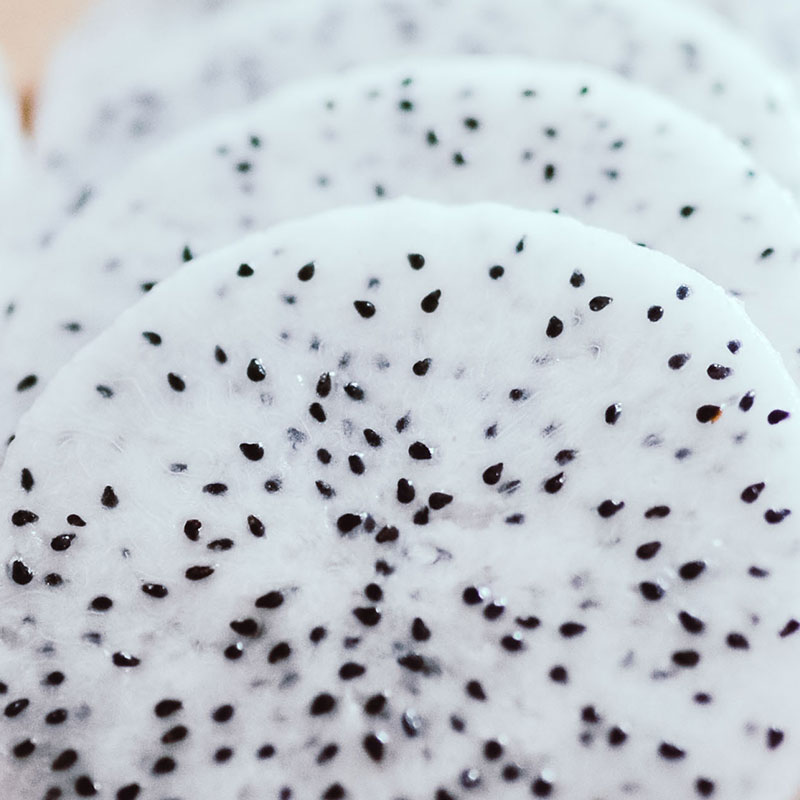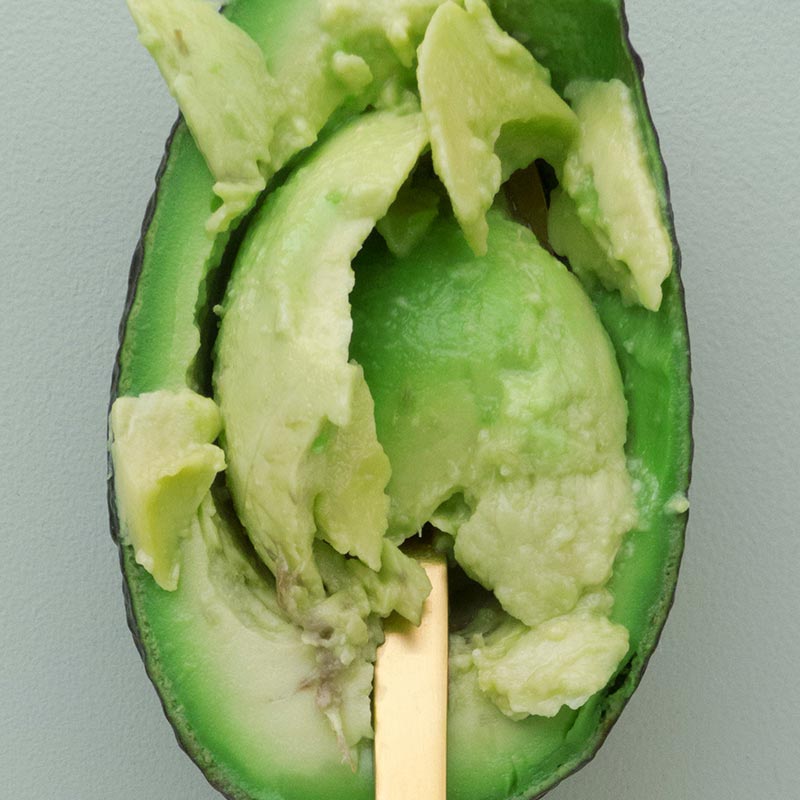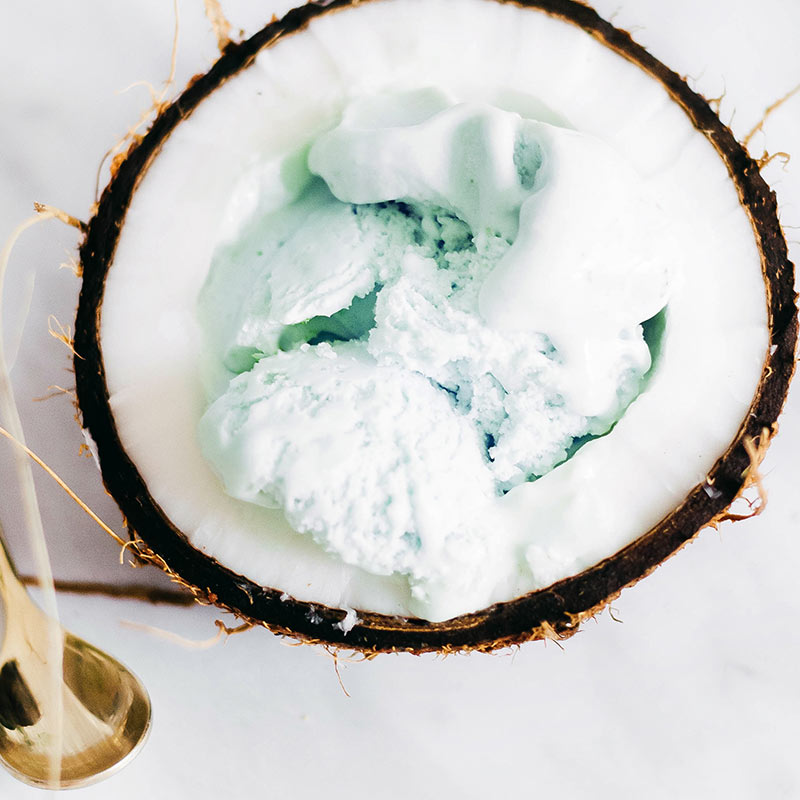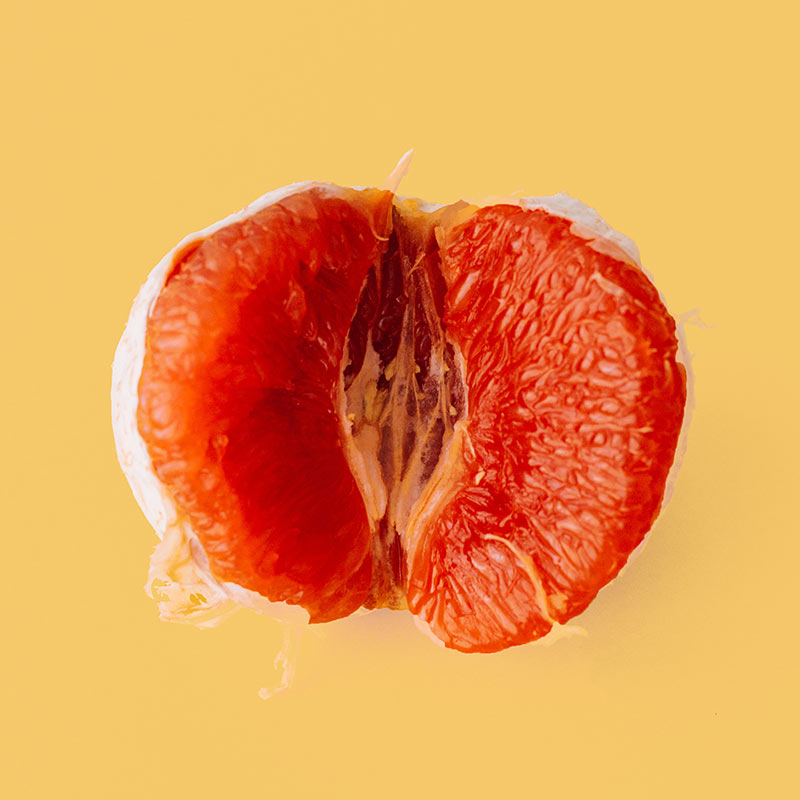The zucchini or courgette is a summer squash, of Mesoamerican origin, which can reach nearly 1 m (100 cm; 39 in) in length, but is usually harvested when still immature at about 15 to 25 cm (6 to 10 in). A zucchini is a thin-skinned cultivar of what in Britain and Ireland is referred to as a marrow. In South Africa, a zucchini is known as a baby marrow.
Along with certain other squashes and pumpkins, the zucchini belongs to the species Cucurbita pepo. It can be dark or light green. A related hybrid, the golden zucchini, is a deep yellow or orange color.
In a culinary context, the zucchini is treated as a vegetable; it is usually cooked and presented as a savory dish or accompaniment. Botanically, zucchinis are fruits, a type of botanical berry called a “pepo”, being the swollen ovary of the zucchini flower.
The zucchini, like all squash, originates in the Americas, specifically Mesoamerica. Zucchini itself was developed in northern Italy in the second half of the 19th century, long after the introduction of cucurbits from the Americas in the early 16th century.
Zucchini, like all squash, has its ancestry in the Americas, specifically Mesoamerica. However, the varieties of green, cylindrical squash harvested immature and typically called “zucchini” were cultivated in northern Italy, as much as three centuries after the introduction of cucurbits from the Americas. It appears that this occurred in the second half of the 19th century, although the first description of the variety under the name zucchini occurs in a work published in Milan in 1901. Early varieties usually appended the names of nearby cities in their names.


